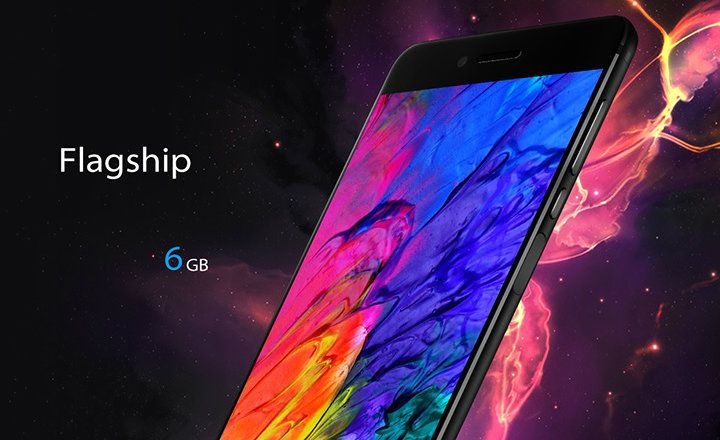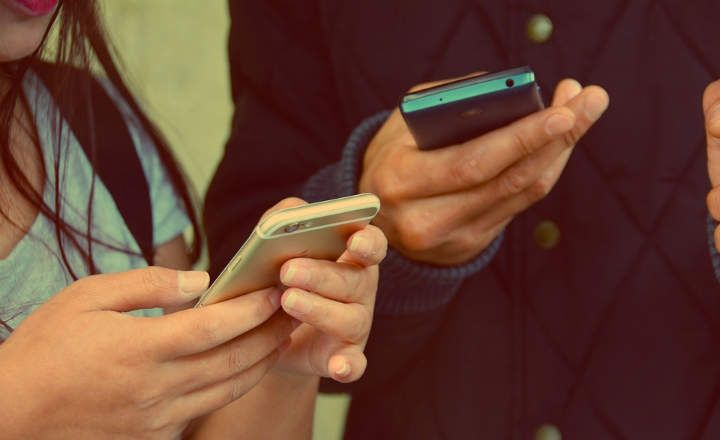
A backup of our phone can save our skin on more than one occasion. If we take a few minutes of our time to elaborate a complete backup of our Android terminal, we will have a tremendously useful lifeguard.
This will help us to restore the device in case of data loss or a possible brick. In today's tutorial we see how to backup Android from PC. A complete and total backup, without the need for root permissions or additional modifications.
To make the total backup we will use the ADB commands of Android and a PC
One of the most powerful tools when working with Android is ADB commands (Android Debug Bridge o Android Debugging Bridge). With them we can communicate with an Android device from a PC and perform tremendously constructive operations. Like, for example, a complete backup of our terminal.
Before we start, you may want to take a look at this ADB command basics guide. Do not miss the ADB drivers installation and download guide for Windows.
How to make a full backup of Android in Windows
Once we have managed to install ADB on the PC, we must make sure that our Android phone or tablet has the following settings activated:
- USB debugging enabled. IF we want Android to communicate with our PC through a USB cable, we must activate USB debugging on the device (available in "Settings -> Developer options”).
In addition to USB debugging, we will need to have installed the drivers of our Android device in the computer. If we have a phone with a Mediatek processor, we will need the MTK drivers for Windows, for example.
If we have a Galaxy we will have to install the Samsung drivers for that model, etc. We can usually find these drivers on the official website of the manufacturer. Note: we can also use generic Google drivers (Google USB Drivers) and try our luck, installing Android Studio on our PC.
Checking terminal connectivity in ADB
Now that we have USB debugging enabled and the phone drivers installed, we will do a connectivity test.
We navigate to the folder where we have ADB installed on the PC. Usually it is in C: \ adb or C: \ Users \ NAME \ AppData \ Local \ Android \ Android-sdk \ platform-tools, default.
While holding down the shift button on the keyboard, we right click inside the folder, and select "Open Power Shell window here"Or"Open command window hereí ".

We write the following command in the terminal window:
adb devices
If the PC can communicate via ADB with the phone, it will appear a message with the identifier of the Android device detected.

If no device is shown in the list, that means that ADB cannot communicate and we need to install the corresponding drivers for the phone or tablet.
Making the backup copy of Android
If we've made it this far, the rest is a piece of cake. Now that we have verified that Android is capable of "listening" to our commands, we just have to launch the following command line:
adb backup -apk -shared -all -f backup-file.adb

Note: With the –apk command we indicate that it makes a copy of all the apps. If we write –noapk it will not copy the apps.
Note2: With the –shared command we indicate that it makes a copy of the SD data. If we write –noshared it will not make a copy of the SD.
Next, a message will appear on our Android device indicating that a backup is going to be made, and giving us the possibility to encrypt the data.

Once the copy is authorized, the system will create a file with the name backup-file.adb in the path where we have executed the command. The duration of the process will depend on the amount of data that we have stored in the equipment.

Restoring the backup
When we want to restore the backup we just made, we will simply have to launch the following command:
adb restore backup-file.adb
Before performing the recovery make sure that there is connectivity between the device and the PC and that the copy to be restored is in the same folder where we open the terminal.
As you can see, it is a process with a complexity somewhat higher than usual, but it works perfectly and it is a tool that we can take advantage of a lot.
You have Telegram installed? Receive the best post of each day on our channel. Or if you prefer, find out everything from our Facebook page.
